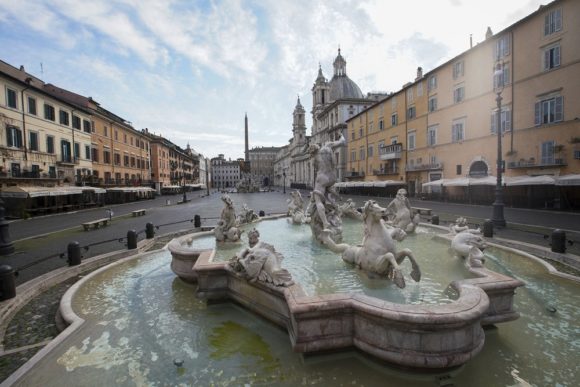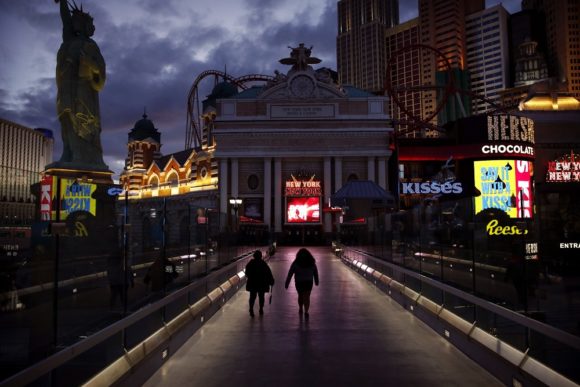
Dear Commons Community,
Living in the age of coronavirus, many of us have become dependent on Zoom or Facetime or some other videoconferencing software to continue meeting friends, colleagues and in my case, students. I am Zooming at least twice a day to keep up with it all. I have found the Zoom technology to be very reliable but still issues evolve that sometimes hinder one or more participants from engaging fully in the meeting. Here are a list of dos and don’ts courtesy of Aliya Chaudhry of the The Verge.
“As more and more workplaces transition to being remote, we’re learning how to navigate all the aspects of working digitally. Meetings are moving entirely online, which means that we’re attending a lot of video conference calls. If you don’t have a lot of experience with video conferencing, it may take some getting used to — especially when your whole team’s now working remotely. While it’s helpful to treat it like an in-person meeting, there are also a few more things you have to consider when you’re on a video call. Here’s a guide to the do’s and don’ts of video conferencing.
Set up your space
If you can, find a private place to take the call. If not, use headphones to minimize background noise. If you have roommates, partners, or family members who are also working from home (or just stuck at home), let them know beforehand that you’ll be in a meeting to minimize interruptions.
Set up your device or camera so that it has a clear, unobstructed view of you. Don’t sit too far from (or too close to) the camera. If you’re using a separate camera, place it near your screen — it’s best to put the camera at eye level, so that when you’re looking at the screen, it appears as if you’re looking at the person you’re talking to.
Make sure your face is well lit. Natural lighting and side lighting work best, but overhead lights will work well, too. Backlighting can often make it hard to see; if you can’t change the backlighting, try to put another light in front and to the side of your face.
Clean up the area around you. Open up the camera on your laptop or switch on your external camera and see what’s visible in the background before the call, and check that you’re comfortable showing that on a video call (so put away your laundry and make sure whatever’s on your walls is work-appropriate). Oh, and you might also want to set up a virtual background, if you don’t have time to tidy up your space.
Check your appearance
One of the best parts about working from home is getting to wear sweatshirts and sweatpants all day, but that may not be the right move for a video call. Dress how you would for an in-person meeting, and make sure to follow your workplace’s dress code. You don’t need to do anything extra, like put on makeup if you don’t wear it normally, but it’s a good idea to present a reasonably good appearance.
It’s best to avoid patterns or stripes which may be distracting on camera. Wearing a bright white or black shirt may cause your camera to auto-adjust the brightness and make it hard to see your face, so wear a less extreme color. It also doesn’t hurt to have good posture.
Starting the call
It’s a good idea to test your video conferencing software before the call, especially if you’ve never used it before. Also, make sure you have a strong Wi-Fi connection and that your device is either plugged in or fully charged.
Give yourself a few extra minutes before the call to set up and if possible, log onto the call a little early, especially if you’re unfamiliar with the software that your host is using. Once the call has started, check to see if everyone can hear and see each other. A good way to do this is by having everyone either check in or introduce themselves.
Know when to turn off your audio and video
Mute your side of the call if you’re not speaking. Your microphone can pick up a lot of background noise, so muting allows others on the call to easily hear who’s speaking. Also, if you need to get up or move around or do something else during the call (or if your toddler suddenly makes an appearance), it’s a good idea to switch off your video to avoid causing any distractions.
Signal when you want to talk
During in-person meetings, you can pick up on visual cues to help find the right time to speak. It’s a lot easier to accidentally interrupt on a video call. Wait for a few moments of silence before speaking up in case there’s a sound delay.
If your company or team is going to have regular online meetings, it’s a good idea to decide on a system for asking questions, such as raising your hand or using chat to ask a question. If you’re running the meeting, it’s also helpful to call on people by name.
Speak clearly and watch how fast you speak (and don’t forget to unmute yourself!). But speak at your normal volume — there’s no need to shout, and if you do, your co-workers may lower their volume and then miss something else.
Keep in mind that you’re more visible on video calls than in offline meetings
Stay focused
Be attentive and engaged during the call. As tempting as it is, try not to do any other work or read articles or send emails. (Don’t look at your phone and don’t eat!) Try to look into the camera when you talk. If you look at yourself or others on your screen, it may look like you’re looking at something else. When you’re not talking, make sure you’re paying attention to whoever’s speaking or sharing their screen and that you’re looking at any materials you may need to reference. (Again, others can see where you’re looking.)
If there’s a pause in the conversation because, for instance, you need to pull up an email or reference a document, make sure to communicate that. Delays or long stretches of silence might make it seem like you’ve lost connection, so this just keeps everyone on the same page.
Keep in mind that you’re more visible on video calls than in offline meetings, since you get to see close-ups of everyone’s face individually instead of a whole group of people at once. It’s often helpful to keep your own face visible on-screen, just as a reminder that you’re on camera, and so you can see what others are seeing.
Sharing your screen
If you do need to share your screen during a video call, take a few seconds to prepare before you hit that share button. Clear your desktop of any extra tabs or programs you may have open and make sure any private or sensitive information is hidden.”
Happy Zooming!
Tony

![Chanel's Riviera: Glamour, Decadence, and Survival in Peace and War, 1930-1944 by [De Courcy, Anne ]](https://images-na.ssl-images-amazon.com/images/I/515rXUGSL-L.jpg)















